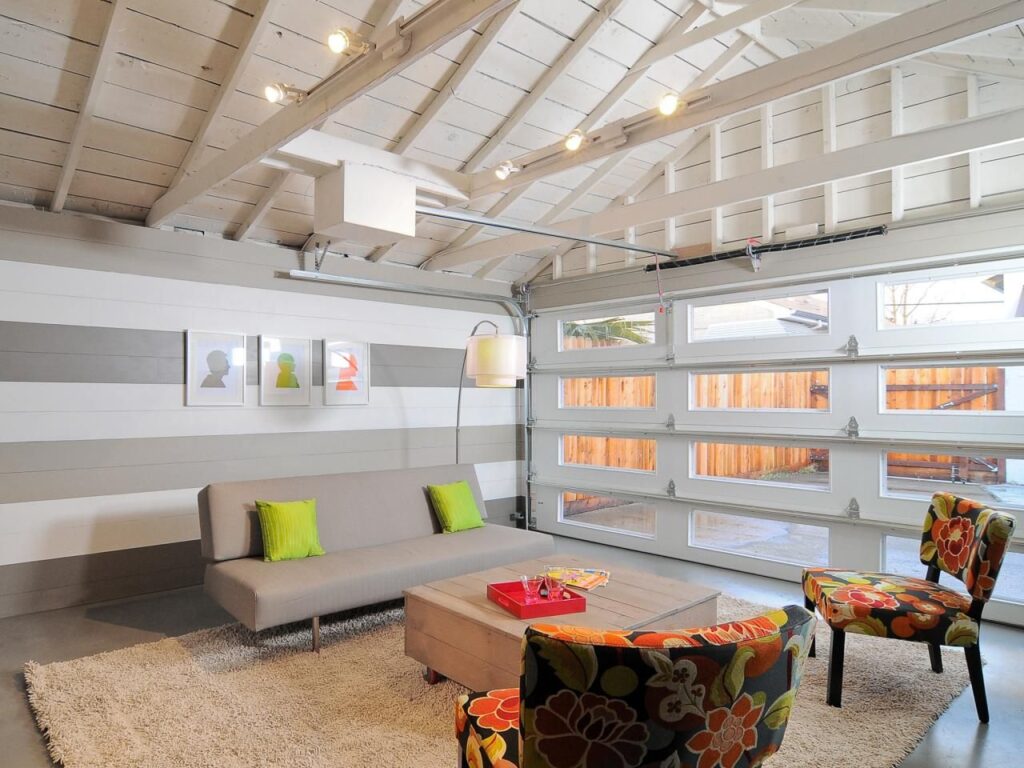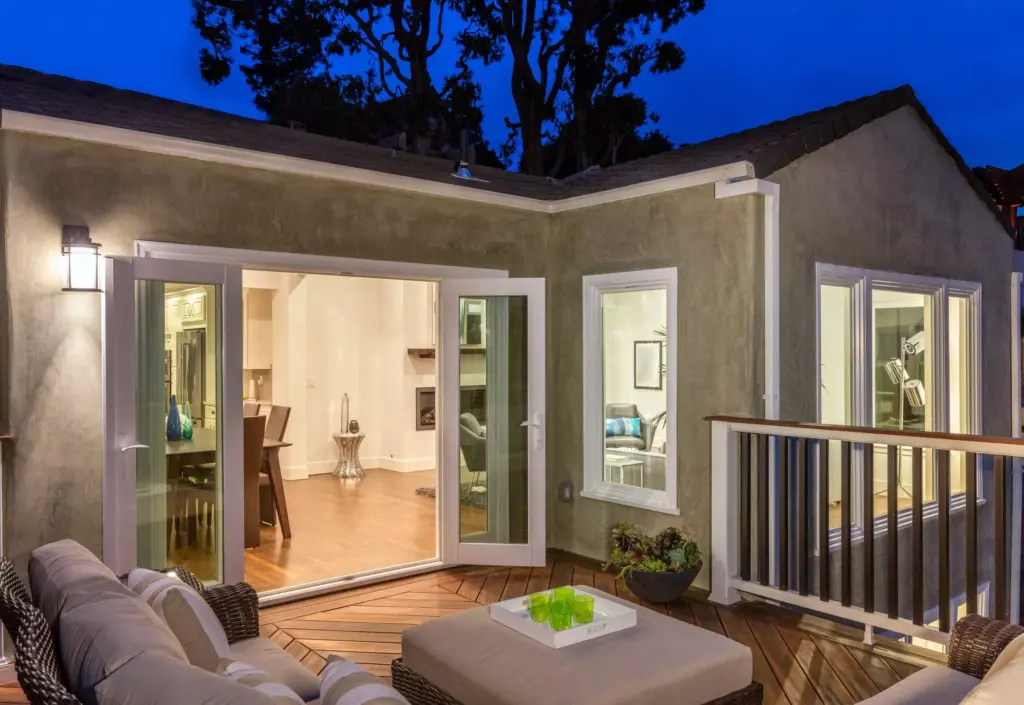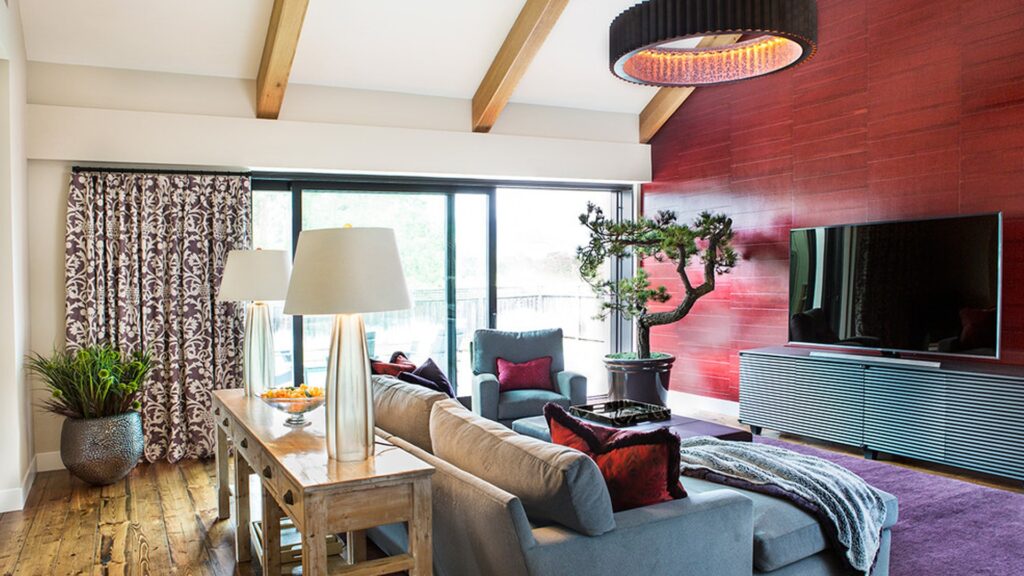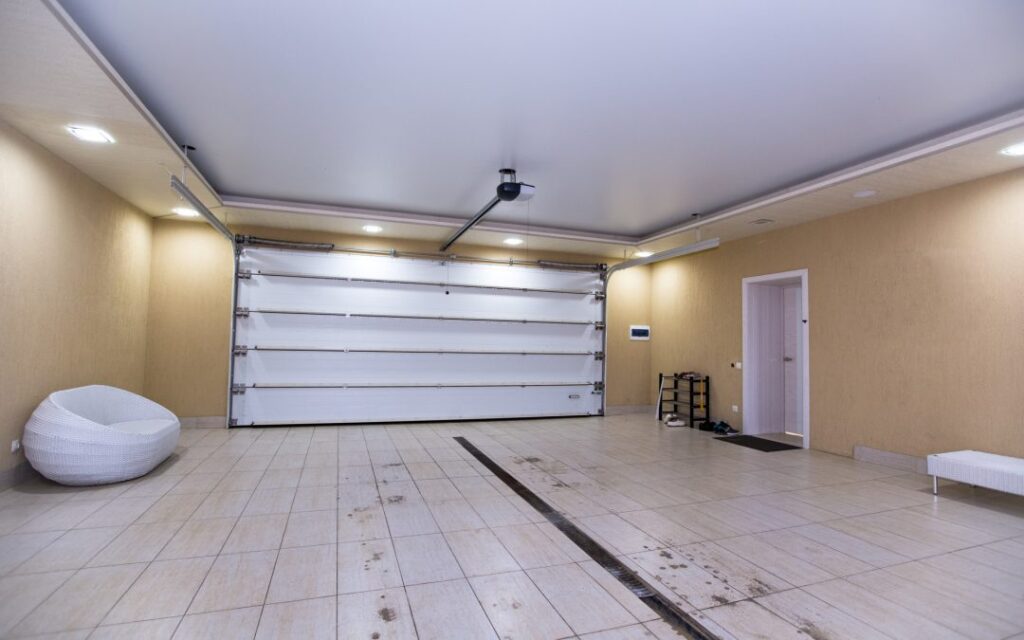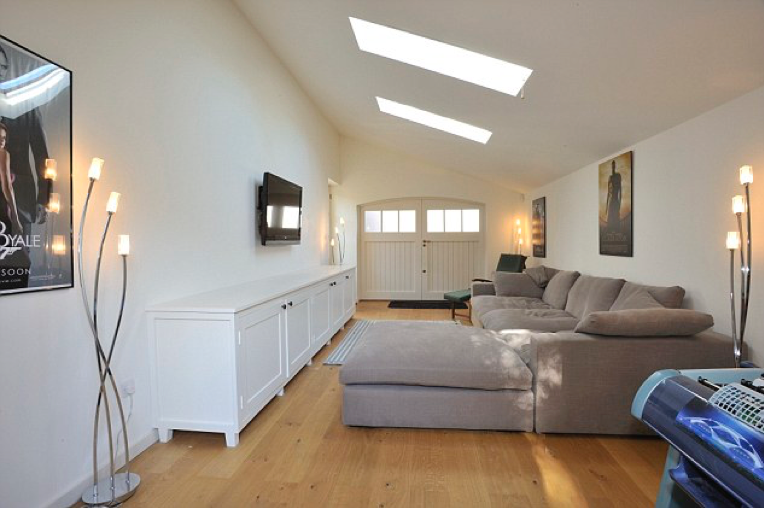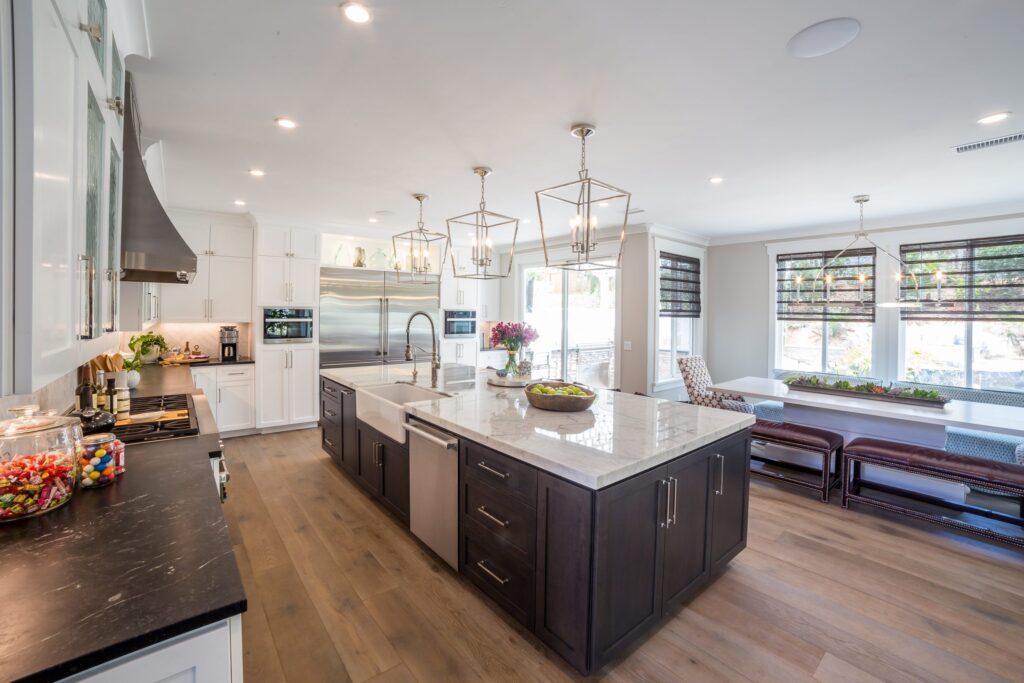Maximizing Your Home’s Potential: Garage Conversion Ideas For Every Need
Imagine walking into a space within your home that once housed an array of unused tools, broken appliances, and discarded furniture.
Now, this same area exudes warmth and functionality — perhaps as a sleek home office with cutting-edge technology or a cosy guest suite that radiates hospitality.
This transformation is the magic of garage conversions, where underutilized spaces evolve into functional areas tailored to meet every need.
Garage conversion designs are becoming increasingly popular as homeowners seek to maximize their living space without expanding their property’s footprint.
The current trend in interior design leans towards optimizing existing spaces rather than extending boundaries, making garage makeovers an exciting opportunity for homeowners to explore new spatial dynamics.
Far from being mere storage repositories, garages now have the potential to metamorphose into inspirational environments reflecting the latest design trends while fulfilling unique lifestyle requirements.
Transforming Unused Space into a Functional Area
Exploring the endless possibilities of transforming unused garage space into a functional area can not only maximize home potential, but may also reveal hidden gems of functionality that had hitherto been overlooked.
This process begins with an assessment of the current state of the garage and identifying specific needs it could meet. With careful planning and design, even a compact single-car garage can metamorphose into an inviting space with multifunctional characteristics. Whether it is to be transformed into a recreational room for children, a home office, or guest suite, attention to details such as insulation, lighting fixtures, flooring options and color schemes will all contribute significantly to the final outcome.
The trend towards open-plan living has opened up innovative ways of converting garages into integrated parts of homes. For instance, transforming this underutilized area into an extended kitchen or dining area presents opportunities for families to create shared memories in a larger communal space while increasing property value at the same time. Moreover, integrating smart storage solutions like built-in cabinets or ceiling-mounted racks can make optimal use of vertical space often neglected in traditional kitchens. Such additions not only enhance organization but also add aesthetic appeal by creating clean lines and minimalistic designs that are currently trending.
Indeed there are numerous ways in which homeowners can repurpose their garages to cater for specific needs without compromising on style or comfort. Embracing green building strategies such as using sustainable materials during renovation projects further enhances this potential by reducing environmental impact while improving indoor air quality – an added benefit especially if considering conversion into a living space or home gym. The aim should always be creating spaces that nurture a sense of belonging whilst maximizing utility; after all, homes should first and foremost serve those who dwell within them.
Inspirational Designs for Garage Makeovers
Transforming the often-neglected space into a functional area, inspirational designs for garage makeovers can range from sleek home offices to cozy guest suites. With proper planning and creativity, these spaces can be transformed to meet various household needs while adding value to the property.
A few design considerations include:
– Space optimization: Clever use of furniture and storage solutions that double up as decorative pieces can create an illusion of spaciousness in compact areas.
– Light fixtures: Strategically placed lighting fixtures not only brighten up the space but also add an element of sophistication and warmth.
– Color scheme: A well-thought-out color palette can make a significant difference in setting the tone and mood of the room.
– Flooring options: Depending on the intended use, one may opt for epoxy coatings for durability or even heated floors for added comfort.
One emerging trend is turning garages into modern kitchens. This provides additional cooking space especially beneficial when entertaining guests or during holiday seasons. Open layouts with high-end appliances coupled with contemporary countertops and backsplashes lend a luxurious feel to such spaces. Yet, it’s important not to lose sight of practicality – durable materials that withstand heat and spills are crucial in kitchen environments. In addition, installing large windows or skylights ensures ample natural light – a key aspect that elevates any kitchen design while reducing energy consumption.
Another popular idea is converting garages into multi-functional family rooms where everyone feels welcome and connected. The inclusion of comfortable seating arrangements, entertainment systems along with bookshelves brimming with literature appeals to all family members’ interests. Wall-mounted televisions save floor space while providing entertainment; conversely, an art corner inspires creativity among young ones. Such thoughtful touches cater not only to individual needs but also foster a strong sense of community within the home without compromising on style or functionality.
Maximizing Your Home’s Potential: Garage Conversion Ideas For Every Need Read More »
